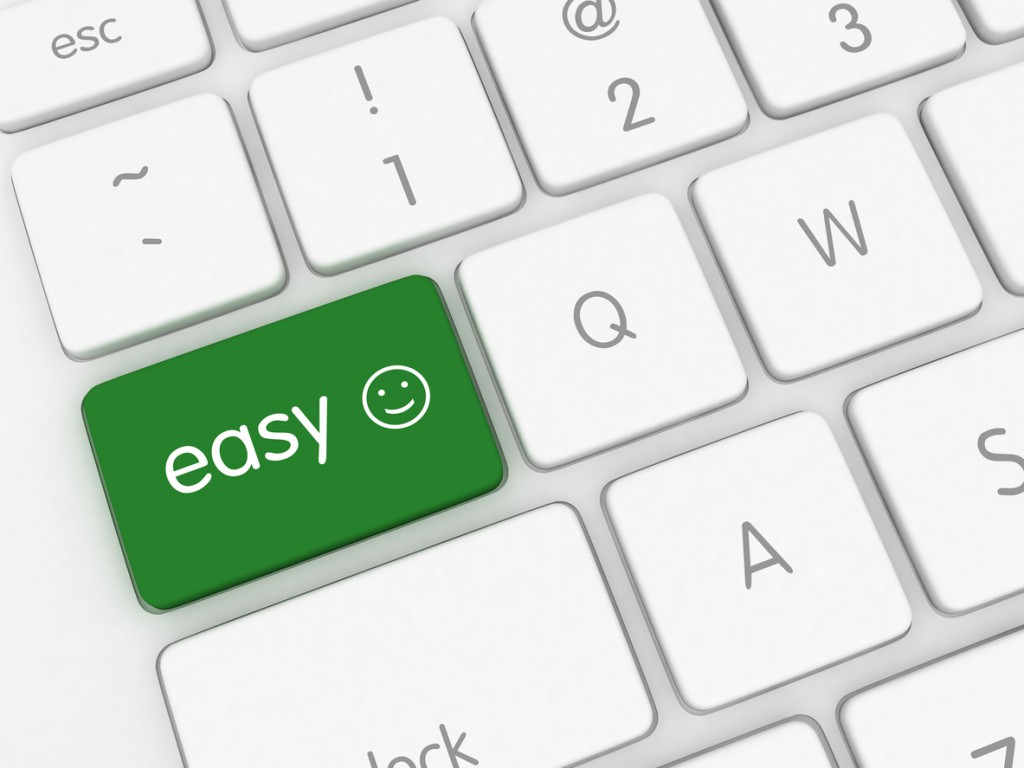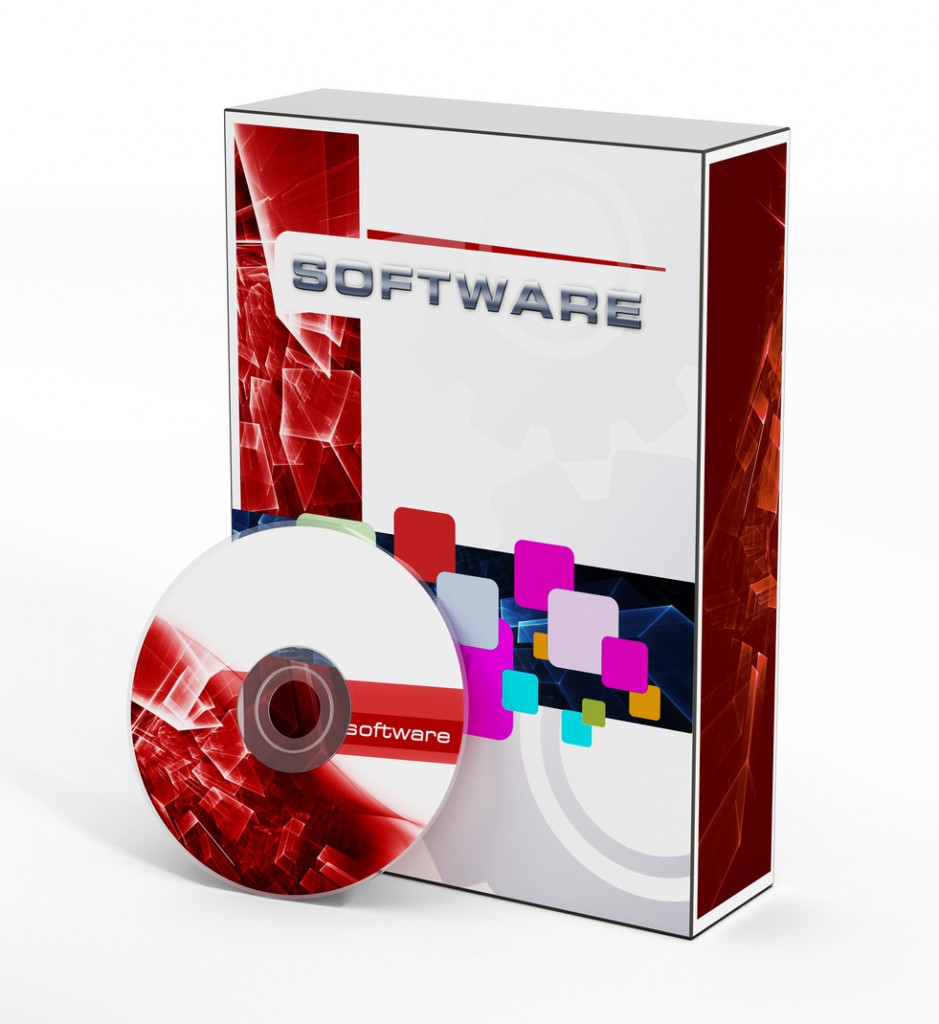Choosing software for your business can be one of the most important decisions you make. It can also be one of the most frustrating if not done with some careful planning. The right software can make running your business more efficient and profitable. The wrong software cause problems and loss of revenue. So how do you choose the right software? Here are some key points to consider.
Why Are You Getting New Software
Regardless of whether the software is for a new business or replacing old software, there are many things to consider before rushing out and purchasing a new software package. If the software is for an already established business, you should know that introducing new software into that business can, and most likely will, hit some bumps in the road during implementation. That’s a given. There will always be something, no matter how small, that will have been overlooked in the process that will cause some sort of snag even if it’s just a small one. That’s just the nature of software technology.
However, to reduce the chances of big issues it’s best to answer a few questions before jumping feet first into a new software package. First off, if the software is for an already established business, ask yourself what the old software didn’t do for your business that you need it to do. If it’s for a new business, ask yourself what you need that software to do for your business. It is generally advised that you make a list of the things that you want the software to do and then separate those things into two lists – your needs and your wants.
The needs list will contain only the features that are absolutely necessary in order for it to work well for your company. This generally is a fairly short list as most businesses only need some basic functionalities in order for software to work.
The wants list is probably going to be a much longer list. We generally have lots of functions we wish software could do for our business to make life easier for everyone involved but some of those functions may not really be an absolute necessity. Make sure you rank this list in order of importance so when you start shopping you’ll know which features to absolutely push for and which ones you can really do without.
Also, keep in mind, as mentioned earlier, that introducing new software almost always has some slight glitch during implementation. However, you need to be aware of how this new software will work with other software your organization may already use. Inquire with the software companies involved as to whether the two will seamlessly transition. Will there be modifications that need to be done to one or both software packages or will you have to replace that other software too? Not doing your due diligence could very well cost you more than you wanted to spend if you skip this vital step.
Ease Of Use
The best software on the planet will not help your business if it’s not user friendly too. If your employees can’t or won’t use the software because it’s too hard and makes their jobs harder to do, you’ve just thrown money out the window. You may think that if you implement new software your employees will have to use it to do their jobs. However, if you’ve hired intelligent people to help run your company, they will find alternate ways to do their jobs that allow them to avoid using software that they deem a hindrance to their productivity.
So after you’ve figured out what you need and want the software to do, the next important issue is ease of use. Make sure that the software is fairly intuitive and if there are parts that are more complicated, make sure the software itself or the vendor provides training for your employees. You will also want to know if this user training is included in the cost of the new software or an extra charge on top of the software charge.
Mobile Options
77% of Americans have smartphones. This is up from 35% in 2010 and it continues to grow. It stands to follow then that making sure that any new software you purchase for your business can be adapted for use on mobile devices.
With more employees every year working virtually from home or travelling near and far, this is something that requires some thought. Will your business want its employees to be able to access the new software via mobile devices like smartphones or tablets? Even if it’s not something that is needed right now, consider the future. Will it be something that would help your business down the road? If so, now is the time to plan for that eventuality. Waiting until after you’ve already purchased software to think about this subject can cost your business in the end.
What Type Of Software?
There are basically two types of software available – off-the-shelf or custom and both have their pros and cons. That’s why knowing exactly what you need and want is so important before making the choice.
Off-The-Shelf
Off-the-shelf software is exactly what it sounds like. It’s software that you either purchase from a local computer store like Best Buy or Staples or you purchase from a vendor online. This type of software basically contains no surprises. It is what it is. Generally, it has set functions and those functions either can’t be changed at all or they have some slight customizations available in them but those are usually very limited in scope. If this type of software does what you need it to do, it can be a very cost-effective way to go. Generally, software of this type is the cheapest option but also has the least ability to be adjusted to your businesses specific needs and wants.
Pros: Lower upfront price point; could meet most of your businesses’ needs; user communities are usually available for self-help and support; Fast implementation; any upgrades are handled by the vendor automatically.
Cons: Usually have upgrade costs, licensing fees, or per user costs; Probably will not meet all your business’ needs; may have to change the way your business does some things in order to use software; May either have high customization costs or no customizations available at all; When software becomes obsolete you’ll need to find new software to replace it.
Custom Software
Custom software is the most flexible option available. This type of software is designed specifically for your business and will do everything you need or want it to do. However, with that flexibility comes a higher price point.
Generally, for this option you would hire a software developer to go over specifications your business and users need. The software developer would create the software to meet those specifications and make sure that it works with all processes and applications running in your business. The developer usually also installs the software and provides training for the entire company. After successful implementation the developer is usually available for any improvements and assistance on a retainer or ad hoc basis.
Pros: Fully customizable; able to make software to suit your users needs; installation and training available; developer has intimate knowledge of your business and users for additional custimizations and upgrades.
Cons: Higher upfront price point; any new features have to be specifically designed to work and will add to cost; no user community to provide self-help.
How much Should You Pay
As you can see, depending on which software approach you take the cost could be vastly different. Custom software generally has an upfront, all-in cost structure, and once it’s paid for it’s yours to use as you see fit. The only additional costs would be if the software needs to be updated or changed at a later date.
Other software options usually have subscriber fees that apply to each additional user or an ongoing monthly fee that is paid. With these types of fee structures it’s a good idea to know how many users need to use the software now and in the possible future. This will help you to budget out which software option would be the best fit for your organization and eliminate costly surprises down the line.
Also, know that any software worth it’s weight should let you have a free trial period where you can test drive all the features and see if it’s the right fit for your business and users. So keep a watch for those types of features when weighing your options. Not all software works for every business and having the option to try it out first can save a lot of money, headaches, and frustration in the end.
As you can see, there’s a lot to consider when choosing new software for your business but it doesn’t have to be a frustrating process. If you plan accordingly and perform due diligence ahead of the purchase, the choice will eventually jump out at you and you’ll know you’ve made the right decision.
Don’t forget also that there are professionals that can help you and your business with the process of choosing and implementing new software. DataOne can help you choose and implement your organization’s software and get your business up and running in no time. Click here and contact us today to get started!





